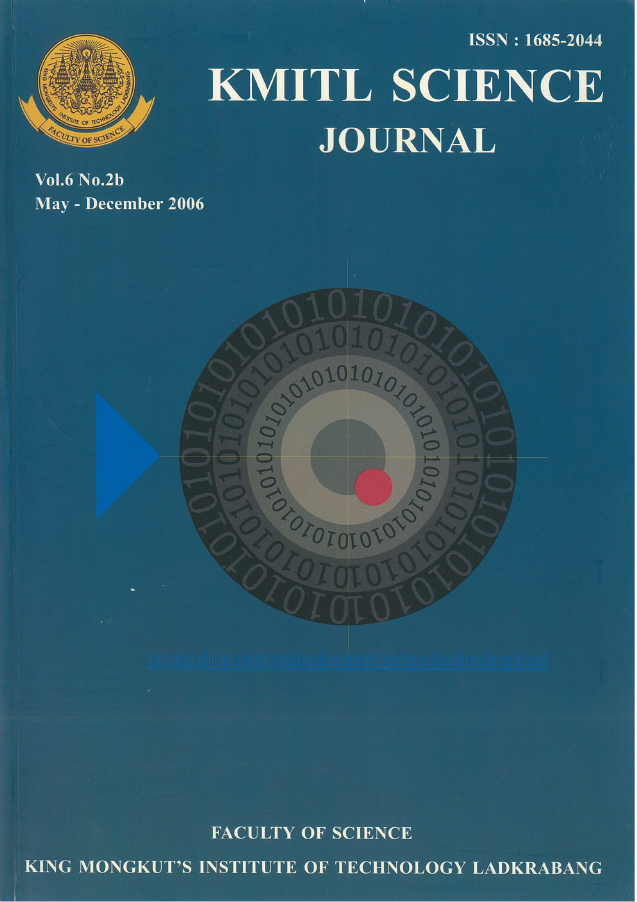Preliminary Studies on the Creation of Anatomical Changes by Colchicine Treatment in Chinese Kale (Brassica alboglabra L.H. Bailey)
Main Article Content
Abstract
Seeds of Chinese kale were treated with 0, 0.125, 0.25, 0.50, 1 and 2% colchicine for 6, 12 and 24 hours in order to form polyploidy plants and were sown in glass Petri dishes. The results showed that treatments of seeds with all colchicine concentrations had no effect on seed germination and colchicine did induce abnormality in the seedlings. In the continuous experiment, seeds of Chinese kale were soaked in 0, 0.1, 0.2, and 0.4% colchicine solutions for 12 hours and were grown in a greenhouse. The resulted indicated that the stomatal sizes both on the upper and lower epidermis of colchicine treated plant were significantly larger than those of the normal plants while the frequencies of the stomata were reduced significantly.
Keywords: colchicine, Chinese kale, anatomical variants, polyploidization
Corresponding Author Email: noomonmon@hotmail.com
Article Details
Copyright Transfer Statement
The copyright of this article is transferred to Current Applied Science and Technology journal with effect if and when the article is accepted for publication. The copyright transfer covers the exclusive right to reproduce and distribute the article, including reprints, translations, photographic reproductions, electronic form (offline, online) or any other reproductions of similar nature.
The author warrants that this contribution is original and that he/she has full power to make this grant. The author signs for and accepts responsibility for releasing this material on behalf of any and all co-authors.
Here is the link for download: Copyright transfer form.pdf
References
[2] Caglar, G. 1997 In Vitro Colchicine Application of Haploid Cucumber Plants. Cucurbit Genetics Cooperative Report, 20, 21-23.
[3] Yetisir, H. and Sari, N. 2003 A New Method for Haploid Muskmelon (Cucumis melo L.) Dihaploidization. Scientia Horticulturae, 98, 277-283.
[4] Sari, N., Abak, K. and Pirat, M. 1999 Comparison of Ploidy Level Screening Methods in Watermelon: Cirtullus lanatus (Thunb.) Matsum and Nakai. Scientia Horticulturae, 82, 265-277.


